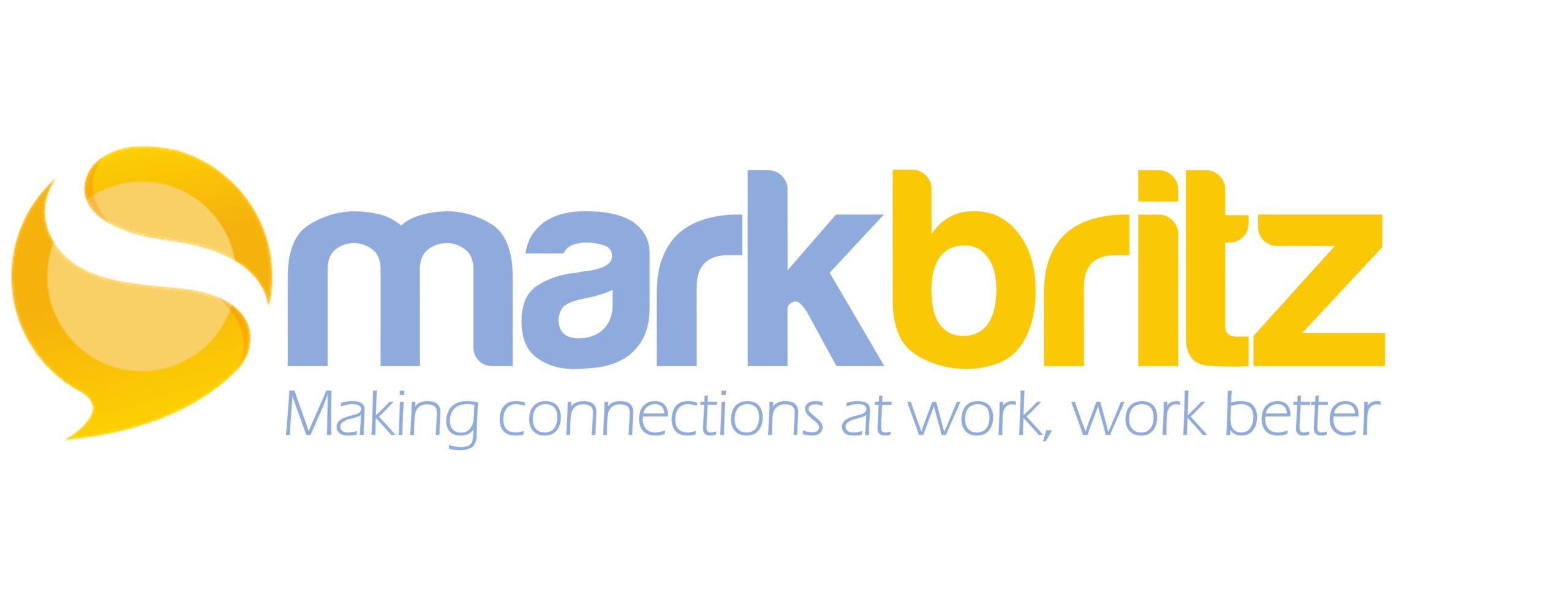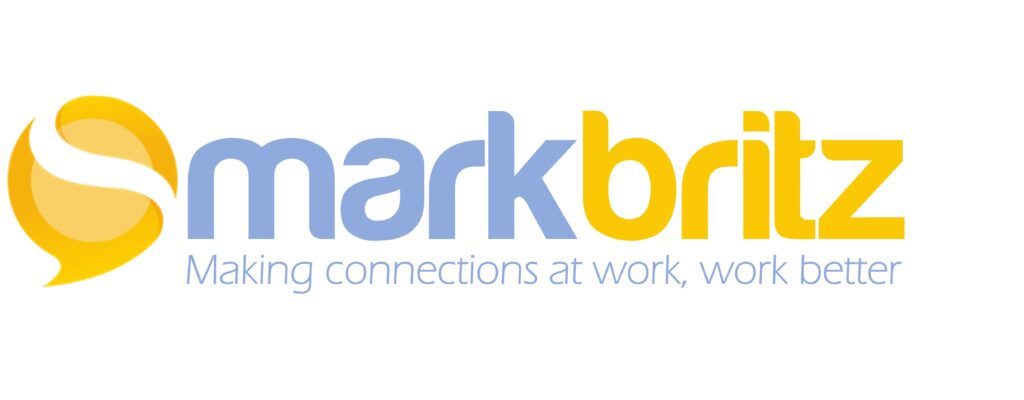Many discussions about learning lead to the very accurate point that we have been learning socially (and informally) for thousands of years. Images of early people gathering around fires, writing on walls or in the sand with a stick have been used to help people better understand social learning and that like then it is happening today in our lives, classrooms and in our organizations.
However, sitting around the fire, early people shared, discussed, and processed but around the fire wasn’t the only place that this would have happened or for that matter was it arguably the most impactful “place” of learning.
I believe learning is most powerful when done in the doing; the 70 of 70-20-10. In this doing, in the past, they also communicated; on hunts, while tanning animal skins, preparing meat, and forging for berries … they likely used different mediums too; song and rhythm, other audible sounds (clicks, grunts?), they watched each other, they mimicked each other; the 20 of the 70-20-10. Simply put, they learned socially in the work flow where mind and body were engaged and the context was dripping with emotion. I imagine the hunts were exciting, dangerous and exhausting. Tanning and forging were equally emotion rich as socialization was omnipresent when new techniques were employed, observed, analyzed, and tweaked by the group creating “ah-ha” moments as well as “ha-ha” moments where peers bonded and ideas were promoted in a very communal, casual, comfortable, yet equally important for survival environment.
This emotion is a key component to deeper learning. Classrooms, course ware and virtual worlds today try to simulate emotional responses but they rarely match the personal connections to content and context that is at the heart of deeper learning because they are just that… “simulated.” The human brain knows that the formally designed “learning” activities, be it simple drag-n-drop flash animations or simulated environments with character interactions are not really do or die events. These products do the best they can to “reward” the user with kudos, scores and a check mark but its only when we are truly immersed in a real situation with real needs, real business impact, real problems, real opportunity, real rewards, and of course real people that we become more emotionally charged. Similar was early man’s real need to find food, water and shelter. These needs must have made them more receptive to observe, mimic, listen to and connect with peers…in their work flows.
Therefore our ability to learn is not and cannot be confined to a place, an approved platform, device or application, elearning module, or a face-to-face course; the 10 of 70-20-10. Look and learn from our past; I suppose early man didn’t carry fire, paints, sand and a stick with them on the hunts any more than we should expect to wait to login to a “social intranet” or LMS to solve problems with peers, learn the best principles, or collaborate. Deeper learning happens in our emotion rich contexts with interactions with real people, facing real problems.
So it was then, is today, and ever shall be.

